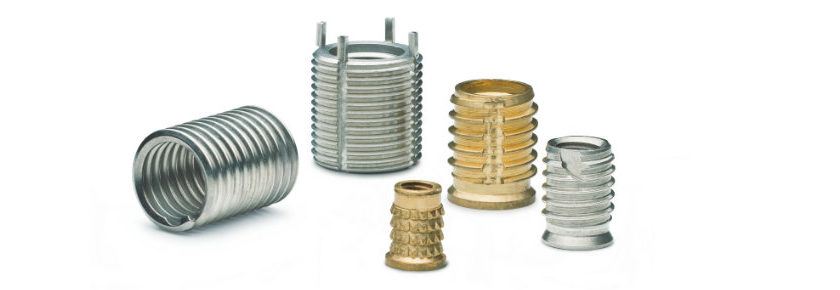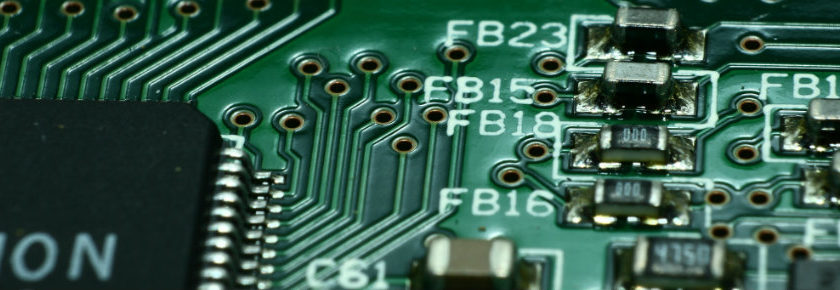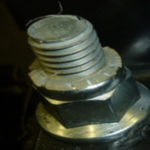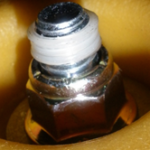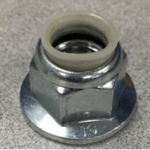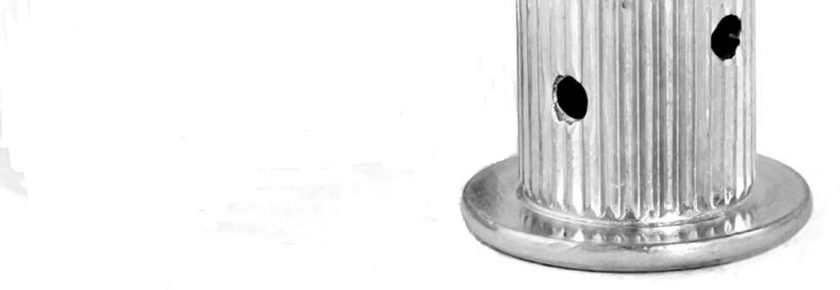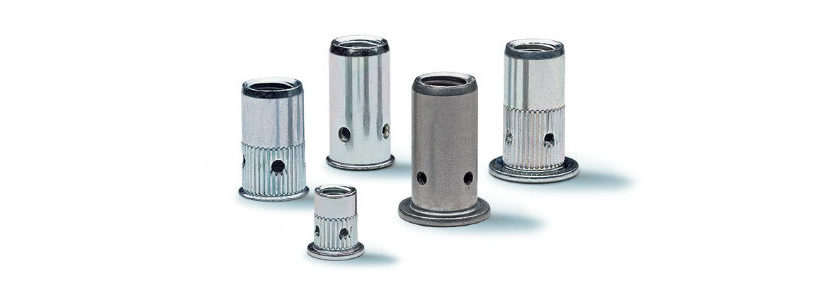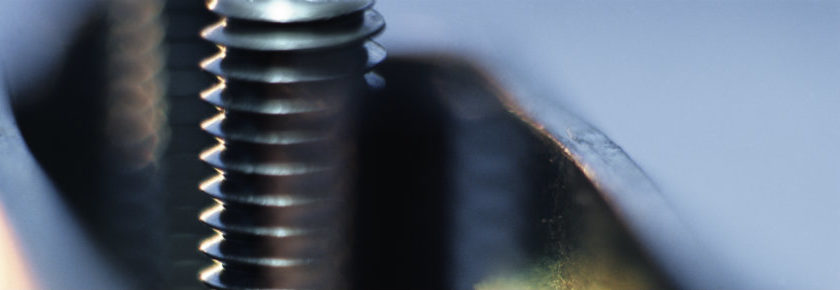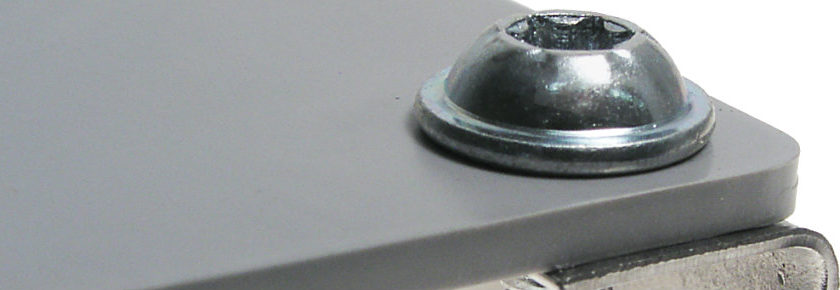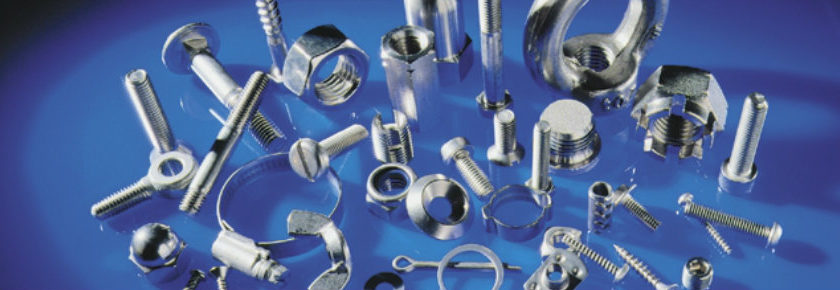When it comes to working with thermoplastics, ecosyn®-plast is the go-to thread-forming screw. Many lighting industry components are made of thermoplastic materials that must be assembled, which is where this type of screw comes in.
ecosyn®-plast is useful when dealing with thermoplastics due to its ability to be threaded directly into plastic, thereby removing additional components or inserts. This allows you to eliminate potential quality issues, such as deformation, which occur when threading into plastic with inappropriate threads.
Compared with tapping screws, which are used solely for metals, thread-forming screws like ecosyn®-plast have specifically designed threads for use in thermoplastic applications. These types of screws provide improved material flow and thread load-bearing depth, as well as lower drive torque, higher stripping torque, less risk of cracking, and self-locking capabilities. In contrast, the use of tapping screws in non-metals can increase the risk of cracking and lead to improper thread configuration, causing stress fractures in the plastic.
Another ecosyn®-plast advantage for use in thermoplastics is its optimized thread geometry for low-stress generation in joints. This type of screw is also a Bossard catalog part, meaning it is readily available and easy to acquire. It comes in various head styles and available materials to cover a wide assortment of projects.
When to switch from tapping screws to ecosyn®-plast
Certain projects may benefit from converting to ecosyn®-plast from tapping screws. Below is a list of conversion scenarios our customers have encountered in the past. In these situations, Bossard was able to immediately arrange samples, convert to appropriate thread-forming materials, and rectify the issue at hand:
- Customer manufactured various lighting equipment, signaling devices, and switch gears.
- Customer used imperial sized self-tapping screws for sheet metal to assemble plastic components.
- Customer was experiencing base material distortion.
Inappropriate fastener selection, as highlighted in the above scenarios, can result in issues such as cracking, which can in turn lead to costly product recalls. Selecting a suitable thread-forming screw at the start of your project eliminates potential rework issues and reduces hassle by ensuring your product is assembled correctly the first time.
For more information, check out www.bossard.com or contact our engineering department at ProvenProductivity@bossard.com.
For more shopping options click here.


